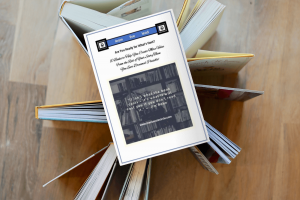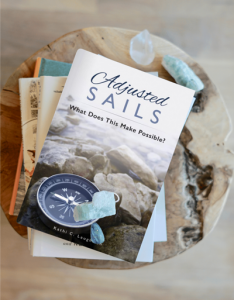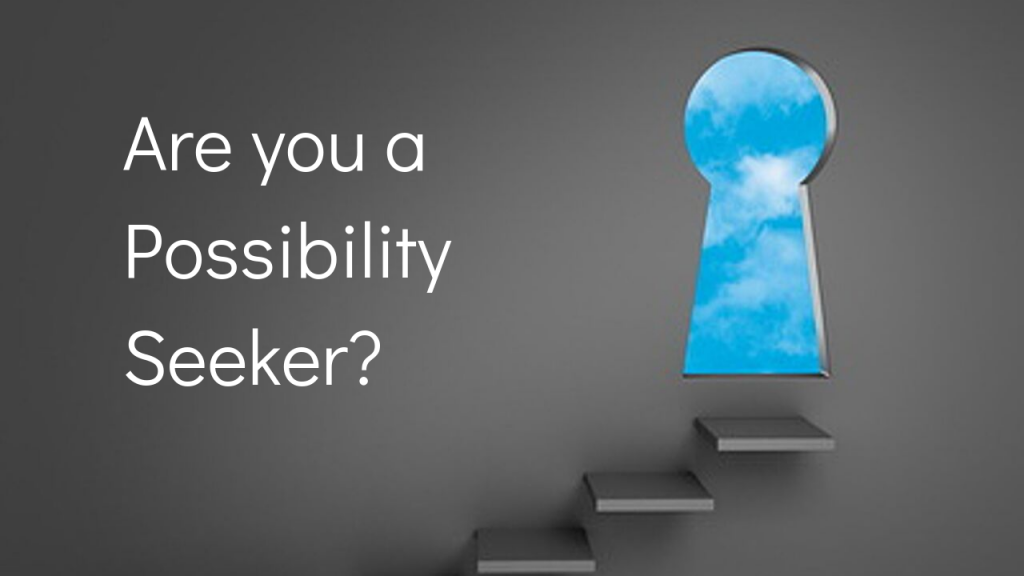 Have you ever noticed that accomplished people seem to have an uncanny ability to adapt and adjust in just the right places at just the right time? They seem to fluidly keep on keeping on without losing a step.
Have you ever noticed that accomplished people seem to have an uncanny ability to adapt and adjust in just the right places at just the right time? They seem to fluidly keep on keeping on without losing a step.
Since I quite often have to actively convince myself to keep going on some of my goals, the apparent ease of others intrigued me. The reality is that no matter how easy it may look for others, it is, in fact, a universal challenge. The key is in how we face those times when we simply want to quit.
What I’ve discovered is that there are two important and vastly different lenses when looking at these situations.
The first lens is that sometimes it’s okay to give ourselves permission to quit. Surprised? It really is okay sometimes to acknowledge we need to make another choice. It isn’t a choice if we can’t change our minds. And sometimes changing our mind is more than just our prerogative, it is imperative. Personal development expert Brian Tracy defines this as zero-based thinking. We ask ourselves: “Knowing what I know now, would I still…?” Then take the appropriate action if the answer is no. We have to allow for change.
The second lens is about finding our own motivation to keep going and not requiring ourselves to take on an approach that doesn’t work for us. Motivation and methods that work are unique for each of us, and they also change for us as we move through our lives. And even when you have that perfect motivation, it doesn’t mean that “keeping on” is always easy. Sometimes it is just hard. But we can do it!
Here are five things to consider when you need to regain your confidence and perseverance power to stay engaged and reach your next goal or level of life mastery:
#1: Keep your eye on the finish line
What is waiting for you at the end? What is that promise? When we stay focused on the end goal, it has a magnetic quality that will help pull us through tough times and circumstances. Remember, though, that it isn’t just about the goal — it’s what reaching that goal makes possible. Capture the feeling and lock onto that.
#2: Fuel (feed) your fire
Mother Teresa taught: “To keep a lamp burning, we have to keep putting oil in it.”
How are you keeping your commitment vital and alive? What are you feeding to your internal energy furnace? Are you connected with others who have already reached the place you are striving to get to? Are you surrounding yourself with support and positive connections?
#3: Focus on consistent steps — not leaps & bounds
What we do consistently has a much higher impact on our results than what we do occasionally. The stream must be constantly moving to wear down the rock. When you are consistently working on something, you will attract even more opportunities. Use progressive milestones to help with this. No one goes from the white belt level to black without attaining each color in between. And each level achieved is a celebration.
#4: Make everything serve the goal
This is not just fortune cookie wisdom. Determined focus is what delivers destiny. That means you must bind together all your resources and deploy them as a single force of power. This is the secret revealed by Napoleon Hill in Think and Grow Rich. Get everything working in harmony with the same result, and you will get there.
#5: Don’t be afraid of setbacks
What scares you? For most of us, it is failure. To move past the fear, we just need to redefine failure. Failure is rarely a valid judgment. Your plan is going to change. That is not failure. That is intelligence at work. Define attempt as research. It is welcome progress. Embrace that thinking and you will re-channel the fear and stay on track.
Be strategic about choosing and staying your course. And always, live today like you want tomorrow to be. Choices get really clear when we start there.





 The value of any disruptive change is whatever we choose it to be.
The value of any disruptive change is whatever we choose it to be.

 Nothing challenges our beliefs like pain.
Nothing challenges our beliefs like pain.

